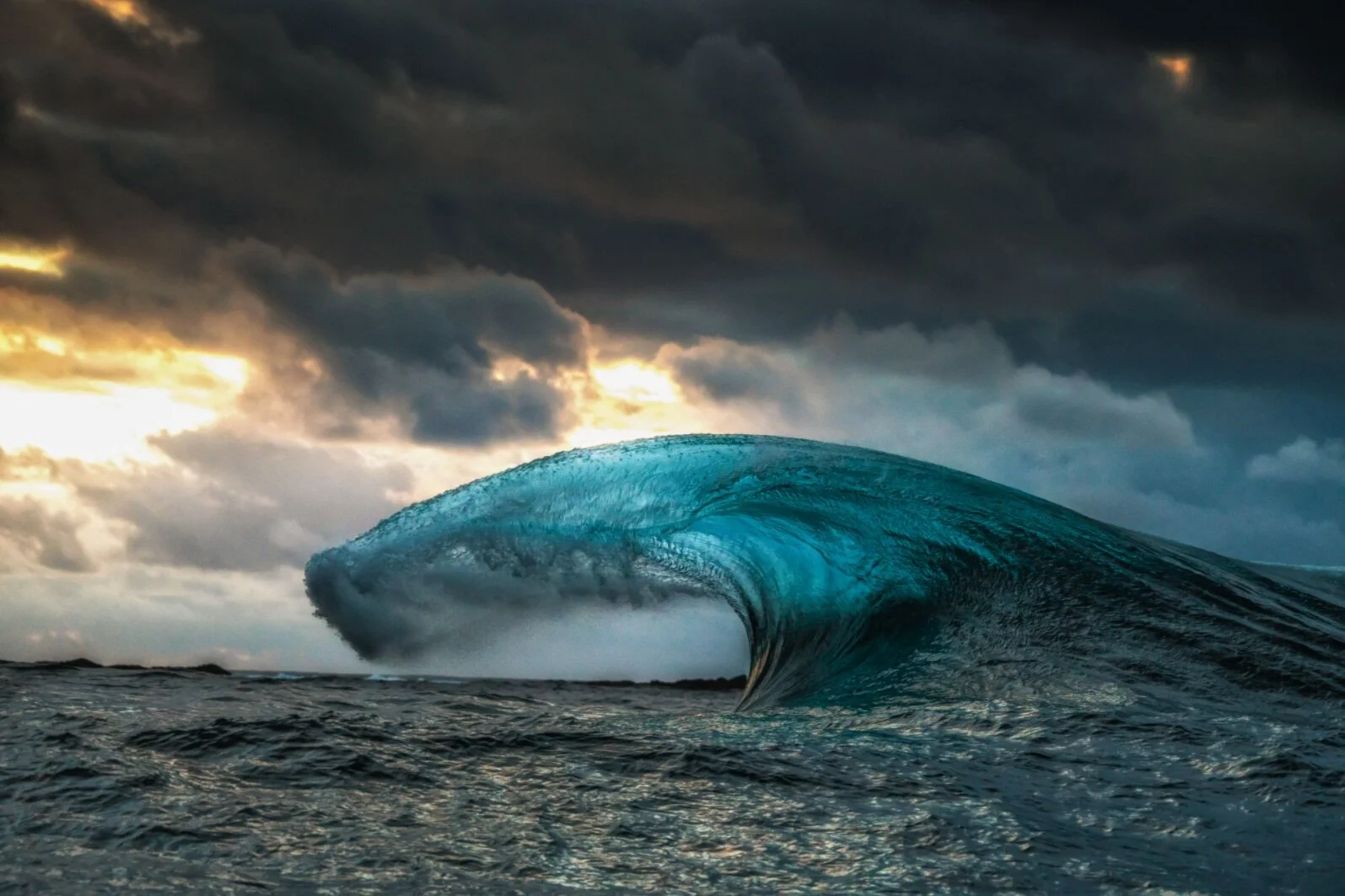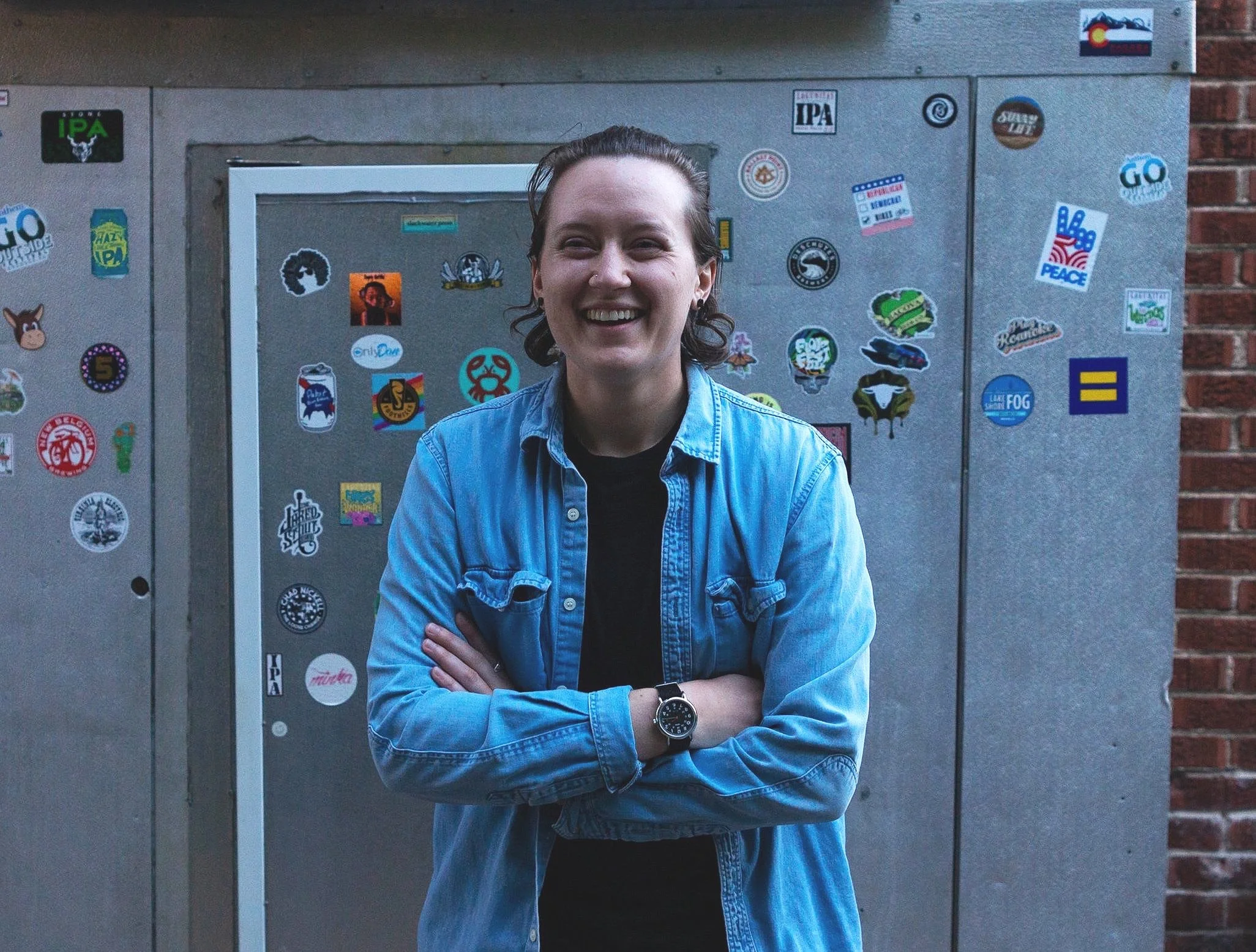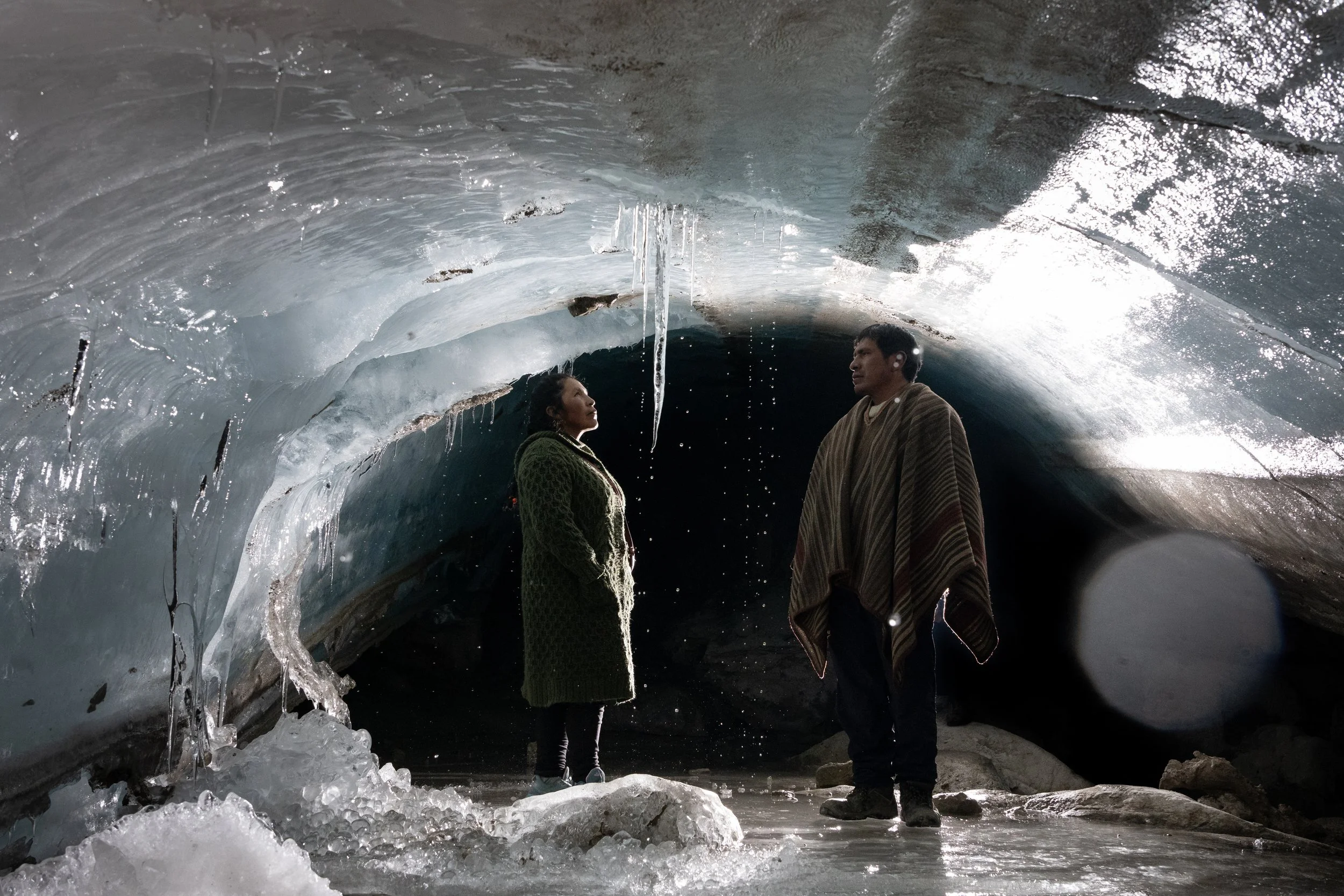Images by Andy Mann
The footprint humans leave on the environment has a detrimental impact, from deforestation and destroyed habitats to pollution of air, water, and land.
Photographer and marine conservationist Andy Mann uses his work to help tell the story of our rapidly-changing planet, focusing heavily on ocean conservation and water issues. His images from around the world have been showcased in National Geographic, Sea Legacy and the Wildlife Conservation Society. As the co-founder of 3 Strings Productions, a commercial and documentary film studio, and a founding member of the Sea Legacy Collective with Paul Nicklen and Cristina Mittermeier, Andy’s imagery reminds us how the emotion of an image can touch our spirit and lead to momentous change.
As a guest on the "Storytelling for Change" series, Andy explained how the world of conservation photography is changing and how the COVID pandemic made an impact.
"The conservation storytelling industry was shaken in so many different ways. Work wasn't being done in the field, and we weren't out there to tell the stories. People are overfishing and not being monitored. It was tough. At first, I thought all the work we've done was crumbling in front of us. But now, I'm so inspired. I see great new leadership coming into our country and it gives me hope. I feel now is the time to be a photographer. Now is the time to be a storyteller. Now is the time to be heard and shine,” says Mann.
Images by Andy Mann
As a photographer, Mann said you need to be mindful of the space you're occupying when entering another animal's habitat. Andy's advice is to work alongside someone who has studied that environment and knows the layout. You don't want to encroach on or tamper with the animal's environment. You want to keep yourself and the animals safe. Part of that safety margin is reflecting on why you want to document that picture—ask yourself if you're doing it because it will make a more powerful story or is it just for the thrill.
"My suggestion if you want to get close and want to have someone in an image: don't do it for you; do it for the story. If it works for the story, then ask someone with experience to do it for you. Use that image to tell a story about ocean conservation. If you have an audience that can relate to it, then by all means do it. Just make sure it's in a healthy, respectable way,” says Mann.
Mann encourages storytellers to share their images with the world because they help inspire the next generation, build relationships and open the dialogue for a conversation around conservation.
Images by Andy Mann
"When I started photography, people said, 'Don't give away your images. Lock them up, and watermark them.' But that's not going to do anything. Your stories need to go to work on behalf of that whole team. You'll see your images being used on the top of these platforms all the time. It's an honour to see that because it's a piece of the puzzle that engaged people,” says Mann.
Mann encourages storytellers to take pictures of the environment around them. "If you have a great image and you identify that it connects with the work someone is doing, send it. You're creating that relationship within the story you're interested in. Put your images to work because every conservation win is your win."
When Mann goes out on expeditions, he becomes a part of a team of scientists, other storytellers, captains and crews, and government officials and rangers. “I'm not going there with a big shot list or idea of what I want to tell, I'm just being part of a story and capturing the best I can. I then give all that content to the team, because believe it or not, they don't have those gorgeous photos of whatever I saw on that trip and of them working in the field. They need to use those. It gives them a platform and a voice for which to talk about the work they're doing. The wider the work spreads, the better,” says Mann.
Conservation wins are hard to see because they don't happen overnight. It's hard to measure your success as a conservation storyteller. “When success comes in, take a step back and remember what we're creating through our stories, words and actions. Conservation and sustainability is becoming normalized, through us beating our drums and telling our stories."
By putting conservation stories out there, Mann hopes they become the consciousness of the future. Already, it's clear to see how younger people are listening to conservation conversations.
“We need to be able to imagine ourselves living in harmony with wildlife and a healthy planet,” says Mann.
To discover more of Andy's work, follow his adventures and conservation work on instagram @andy_mann.














